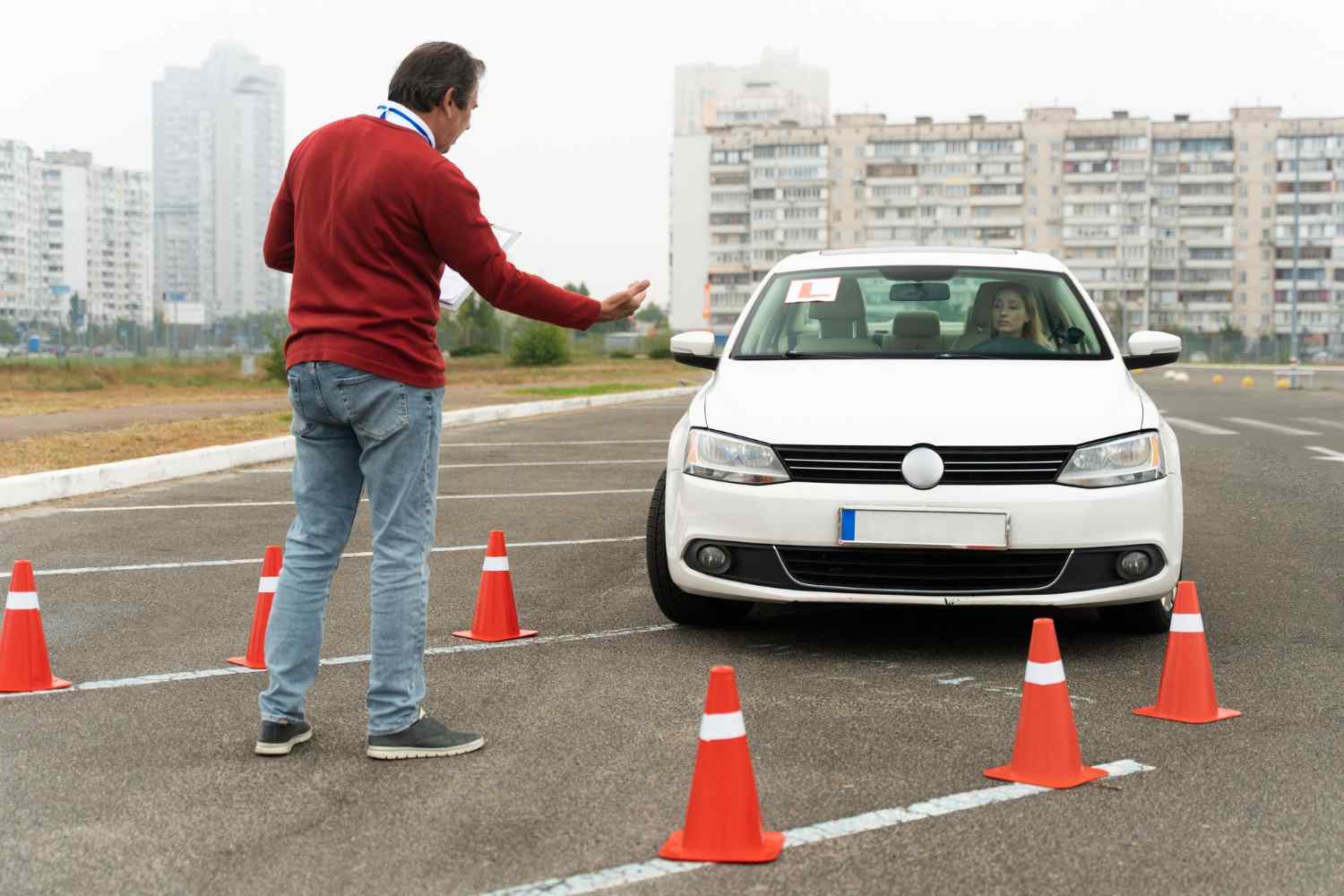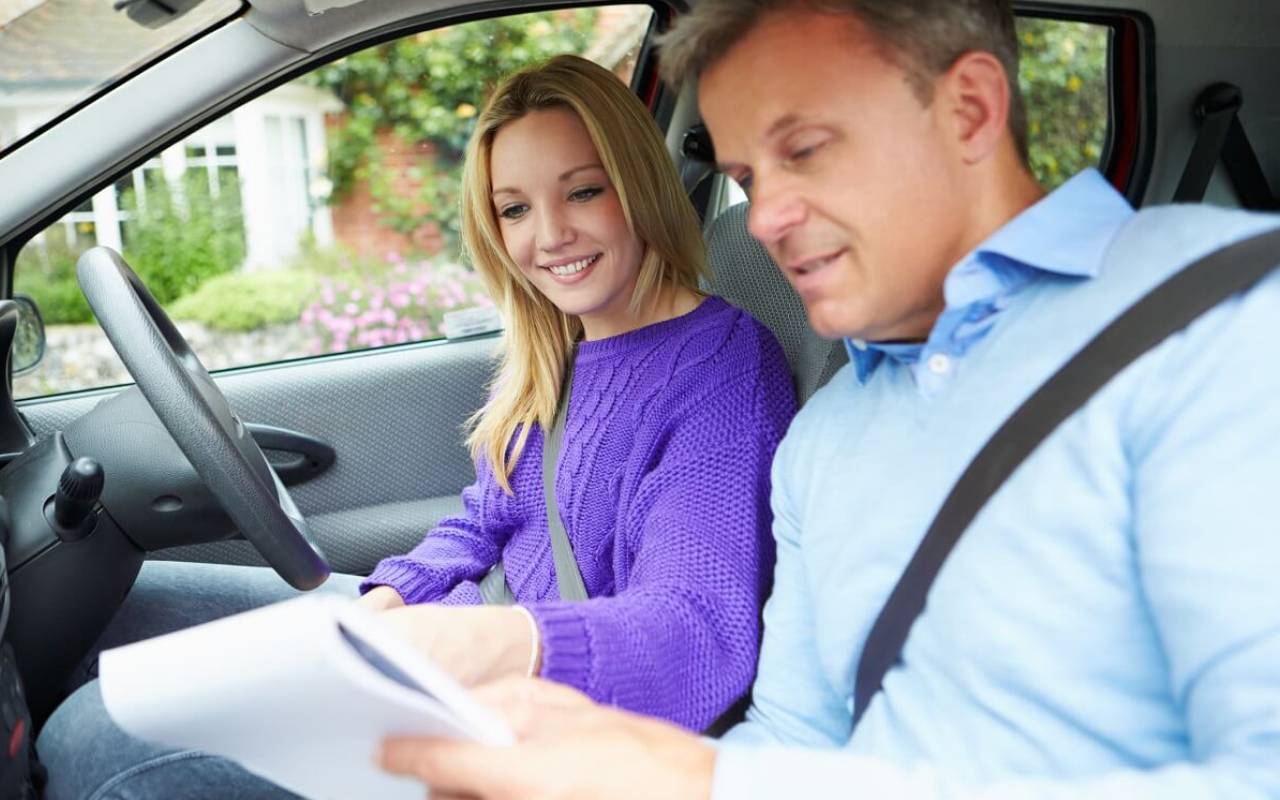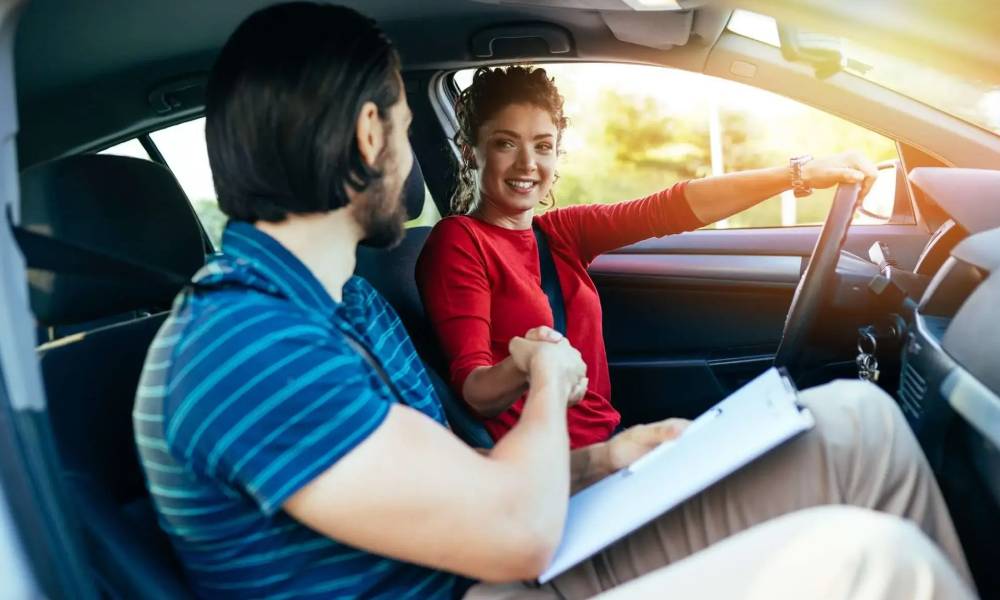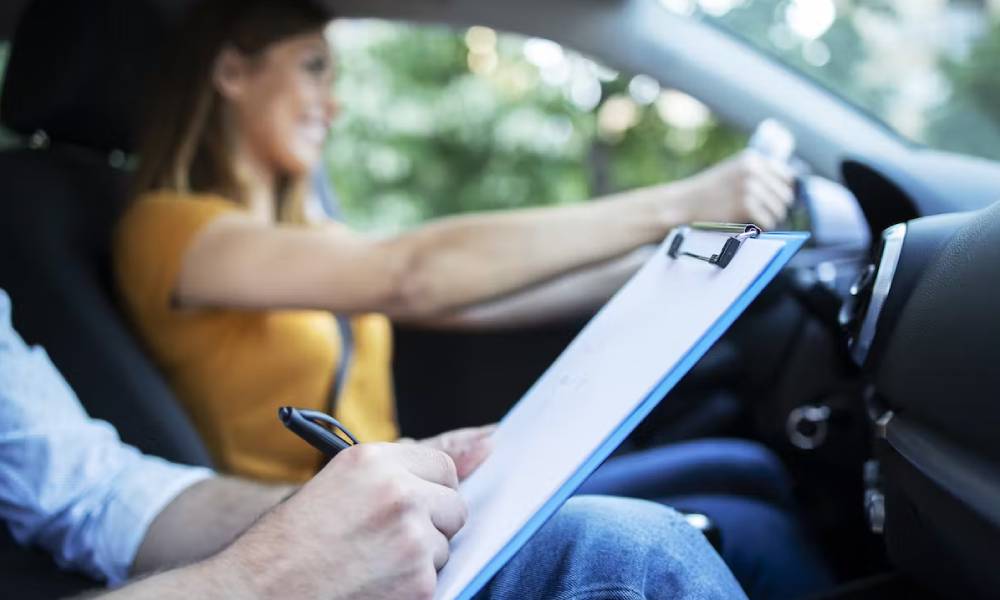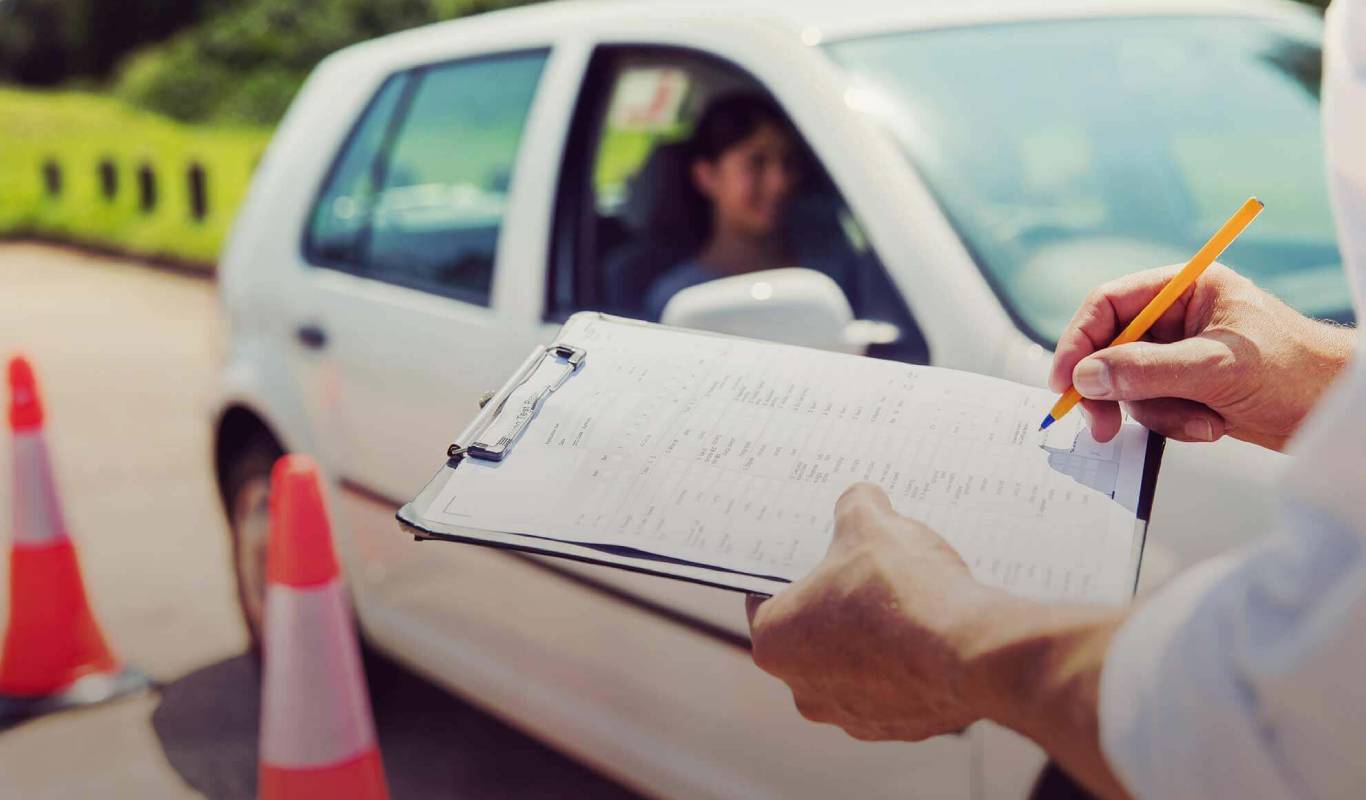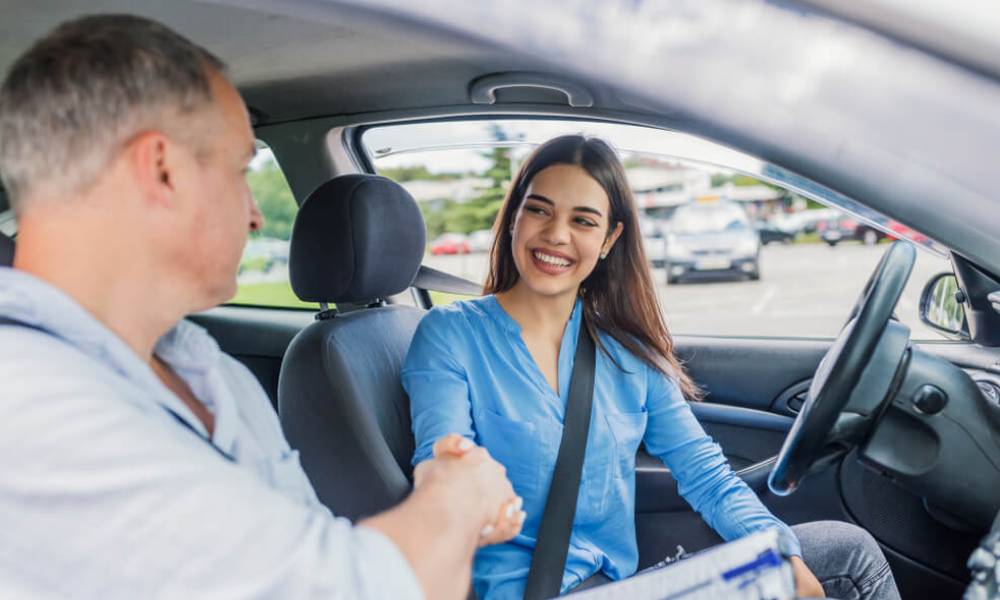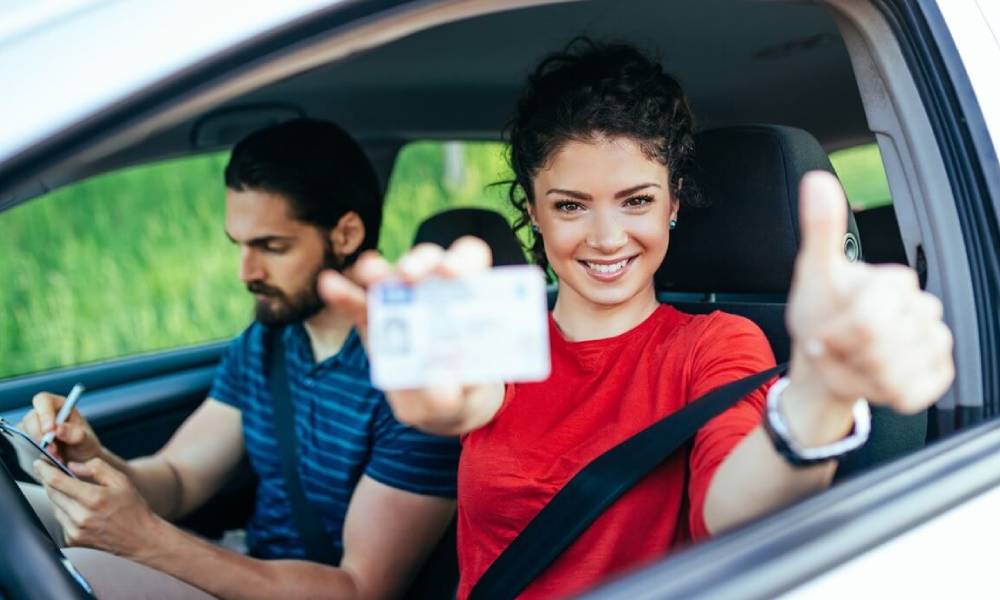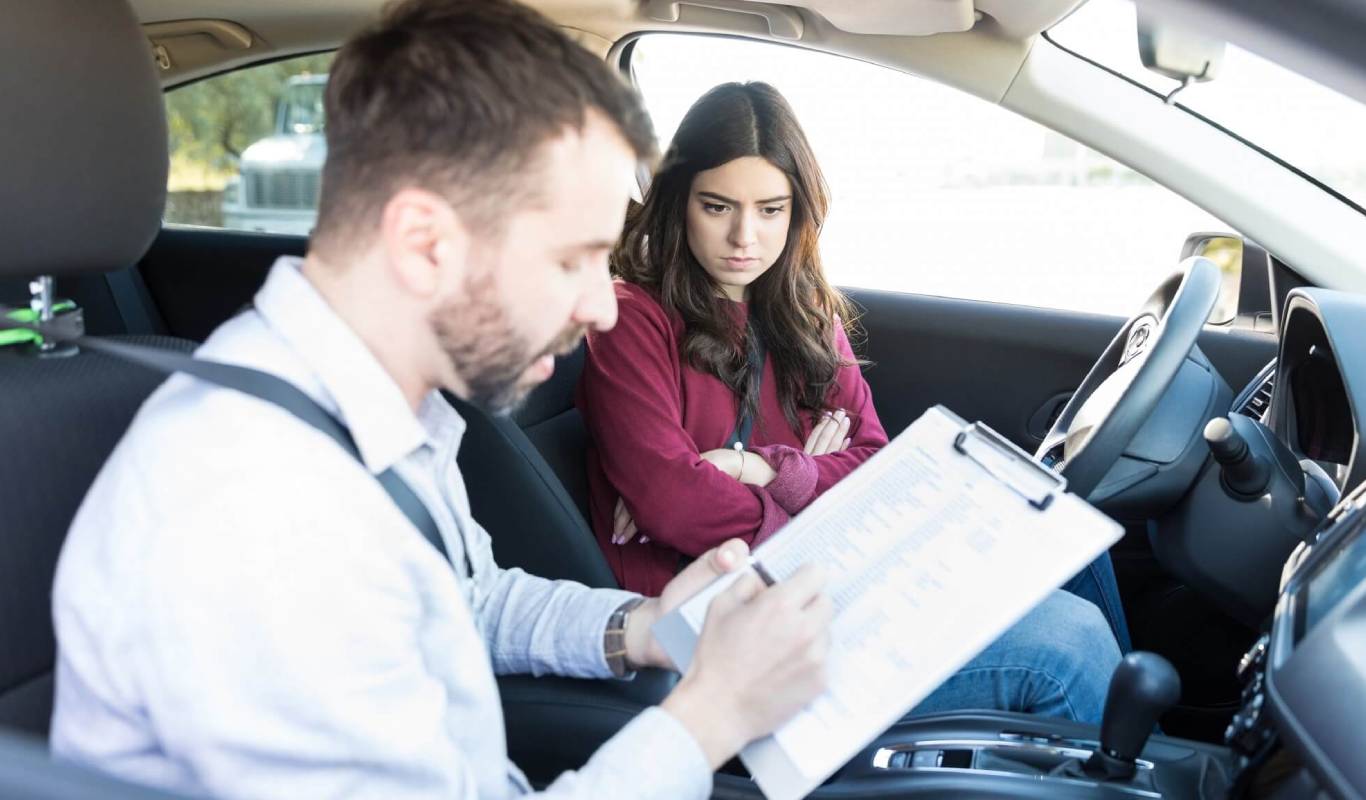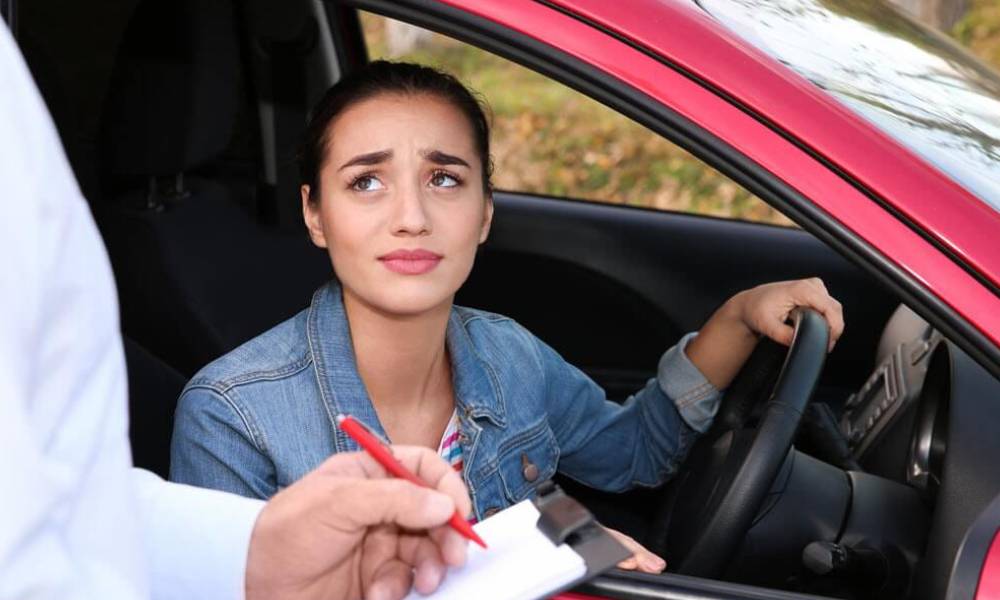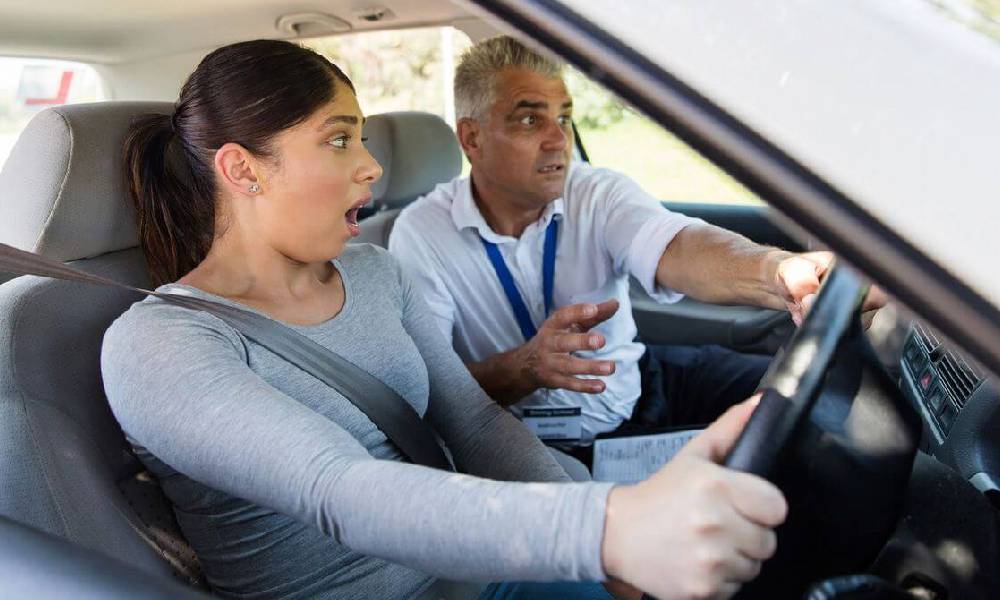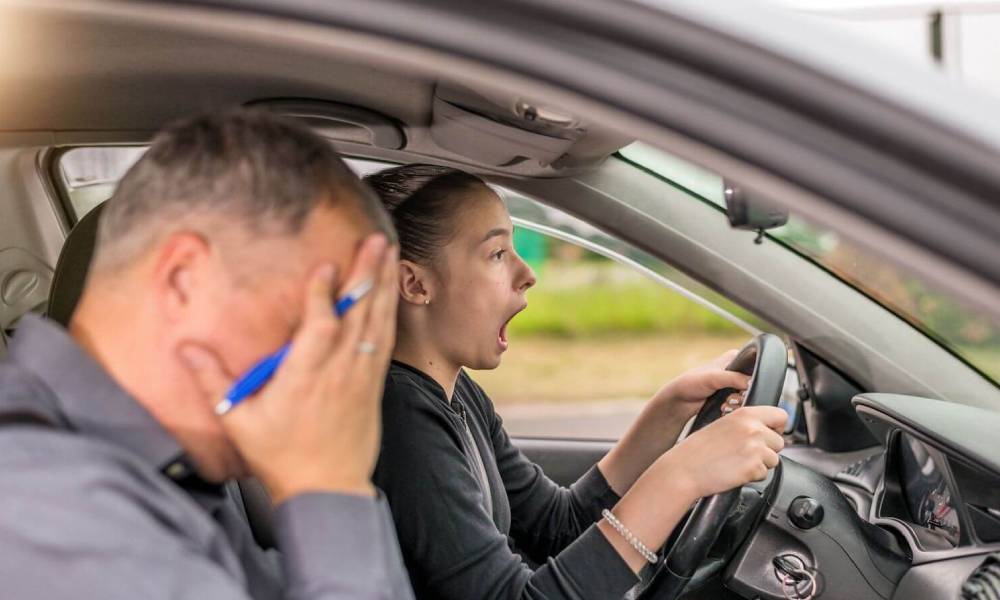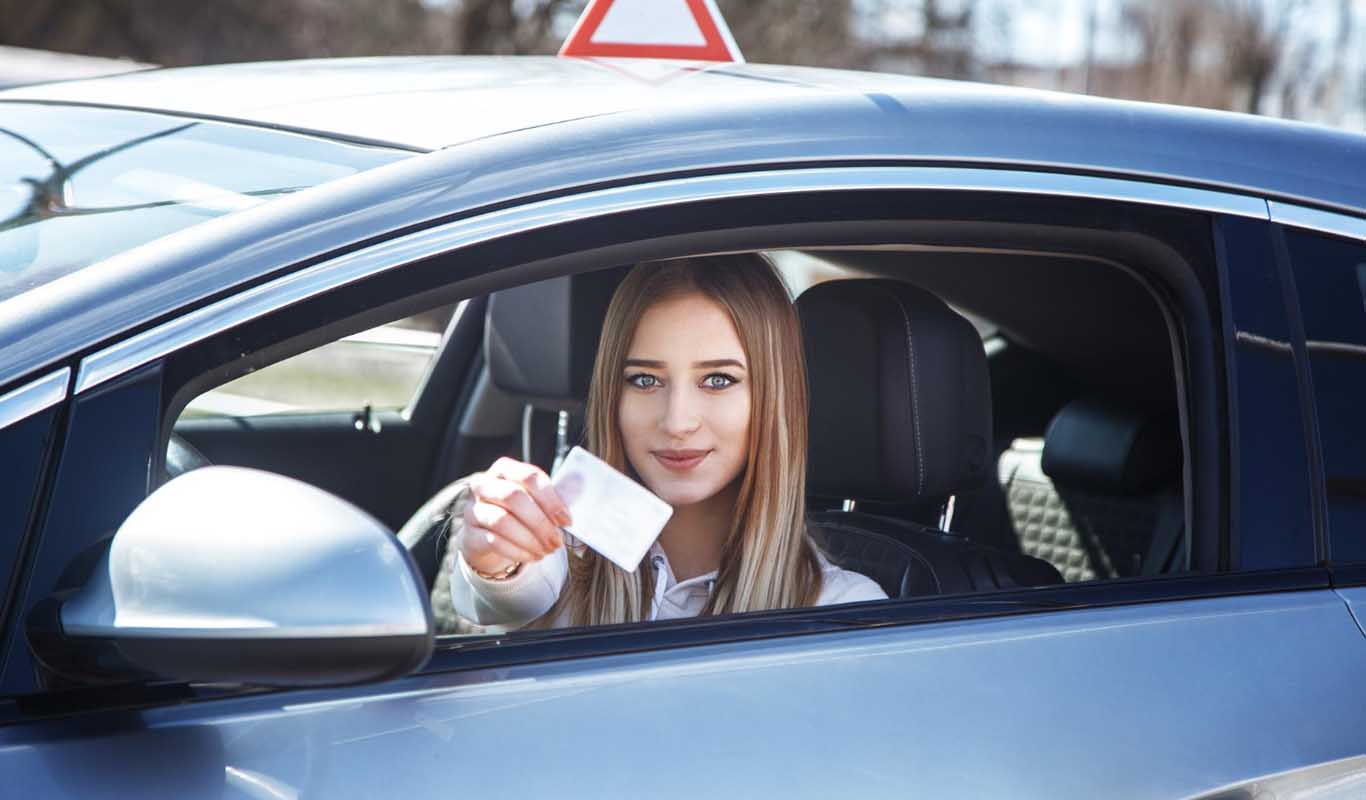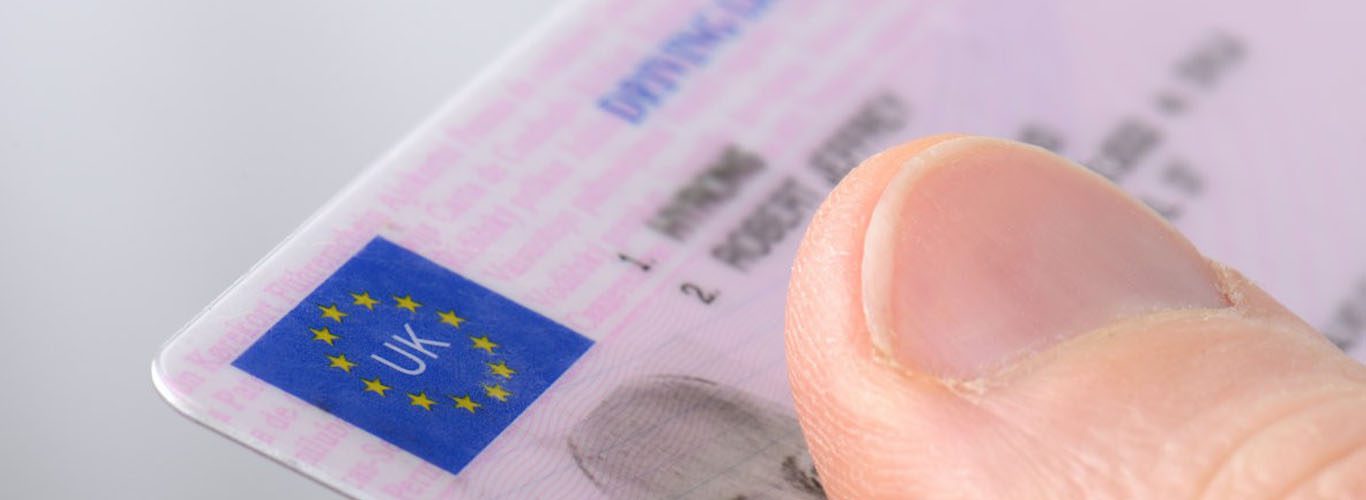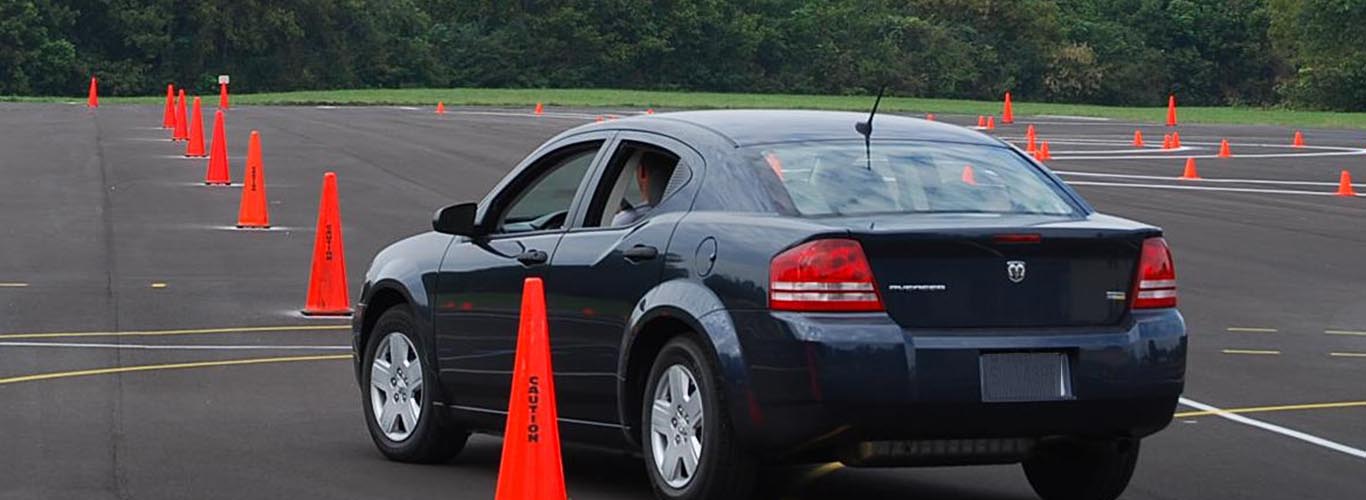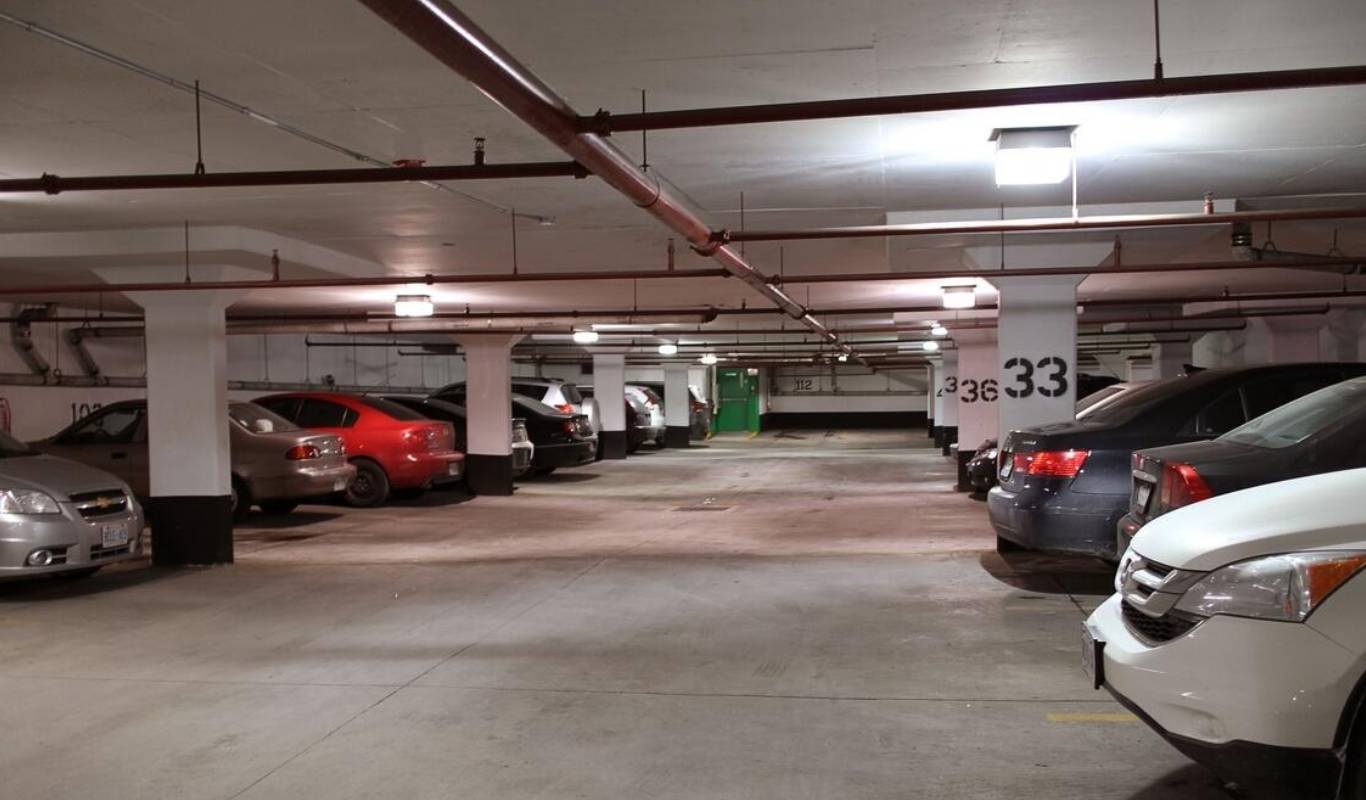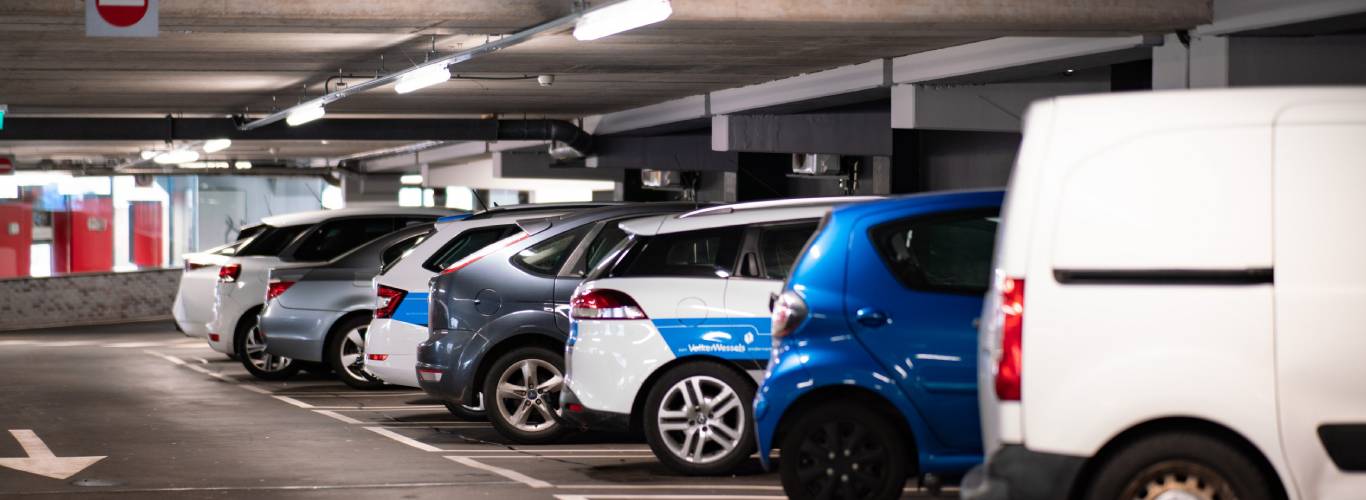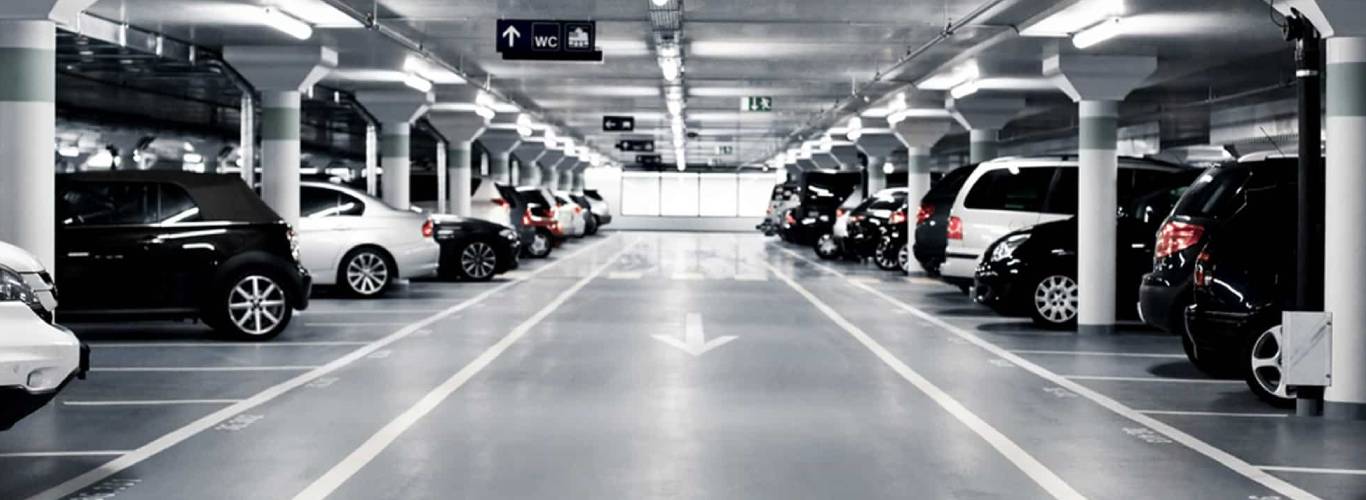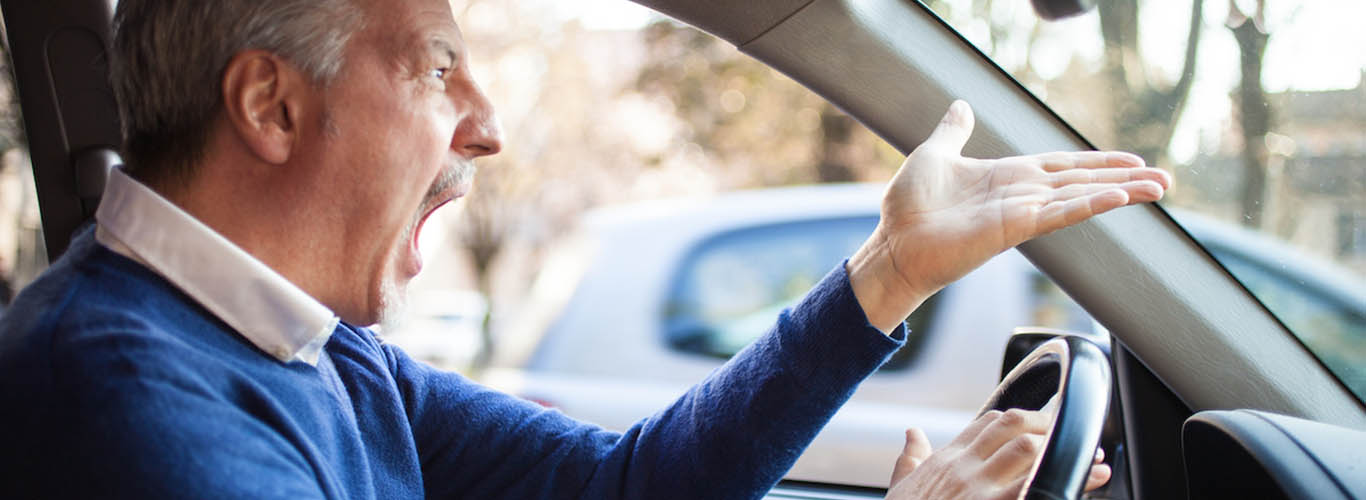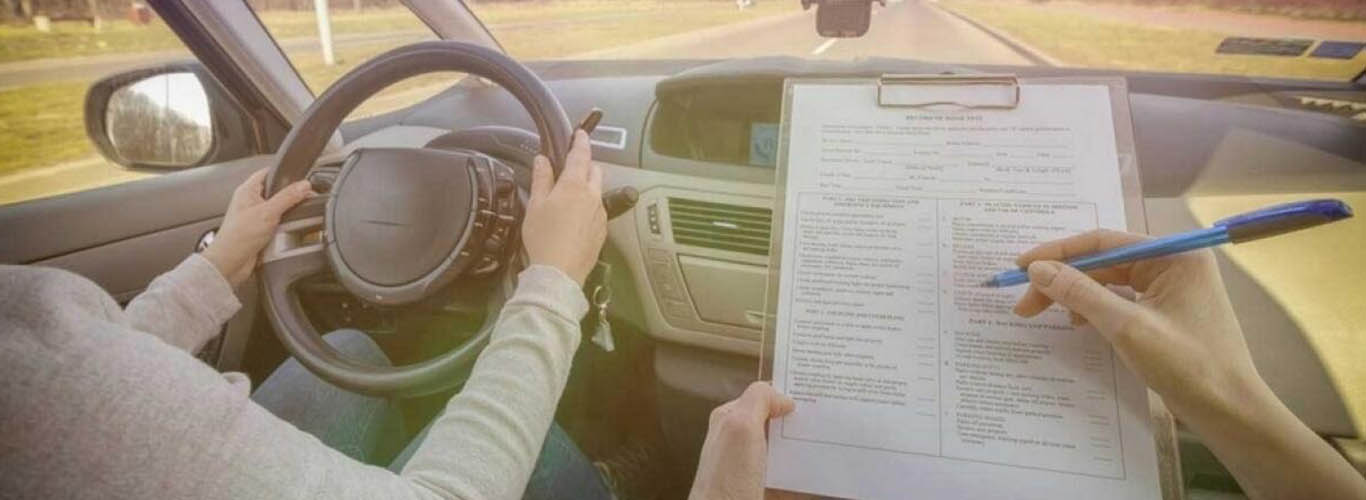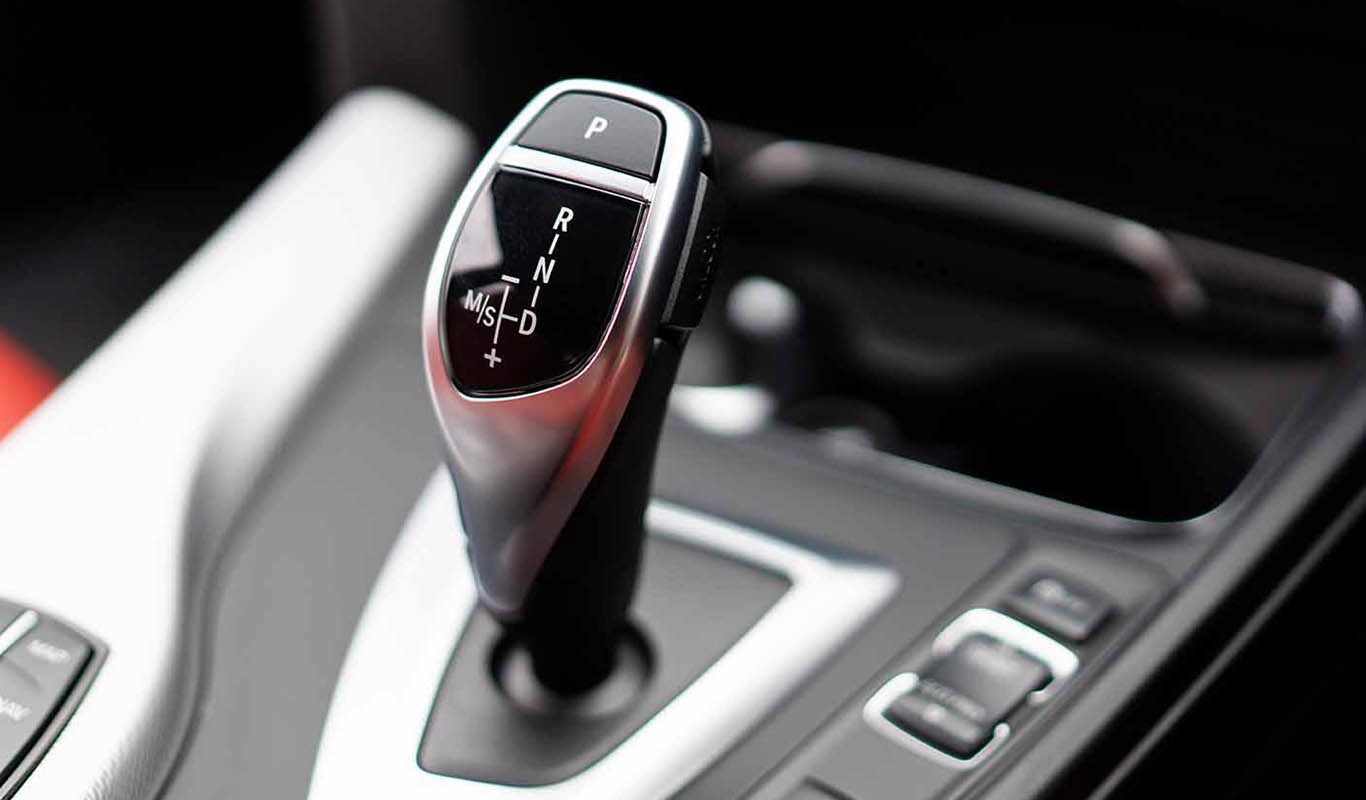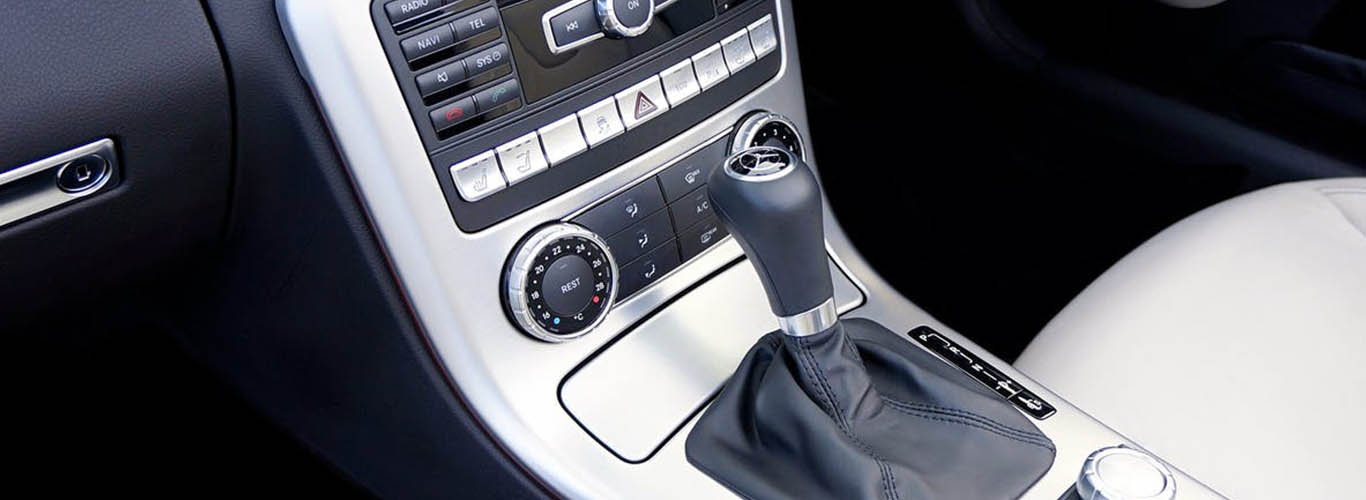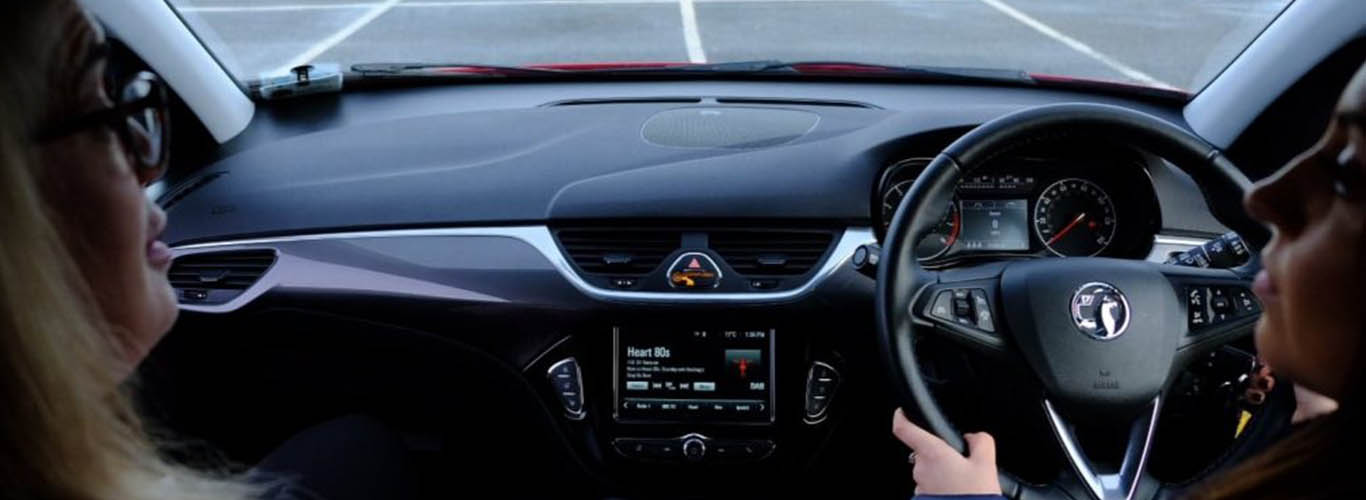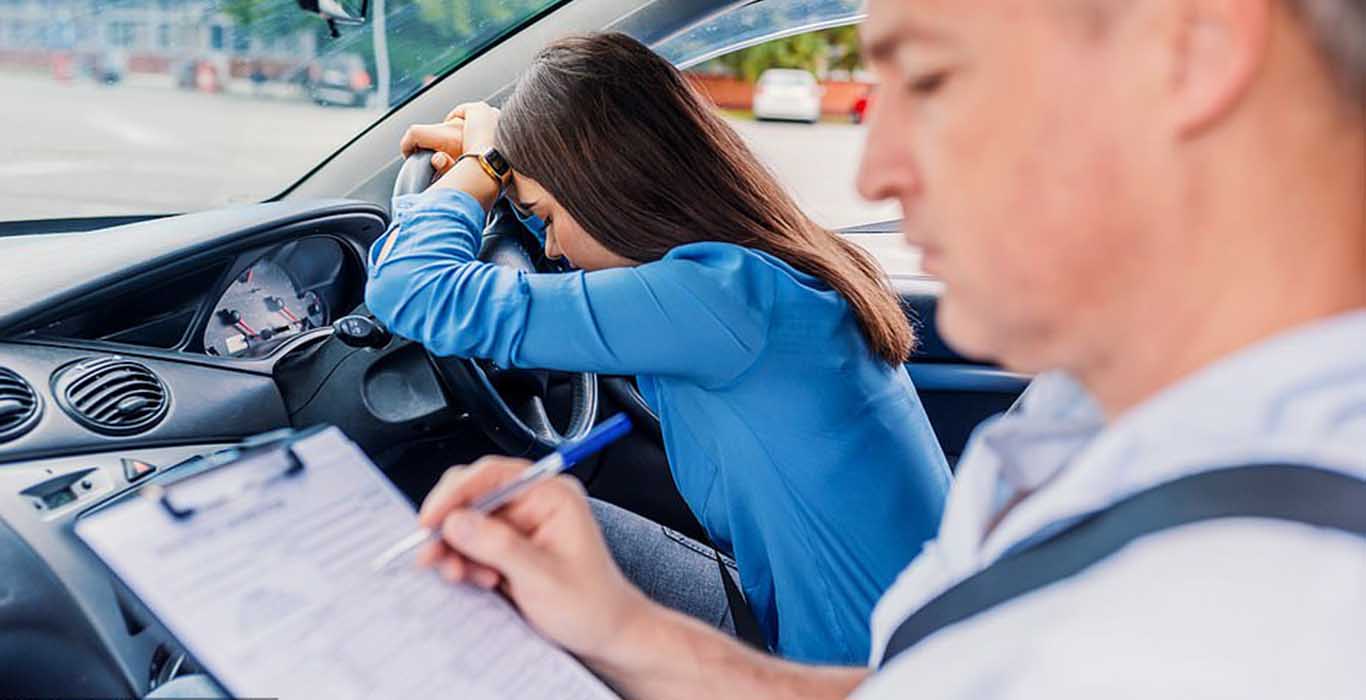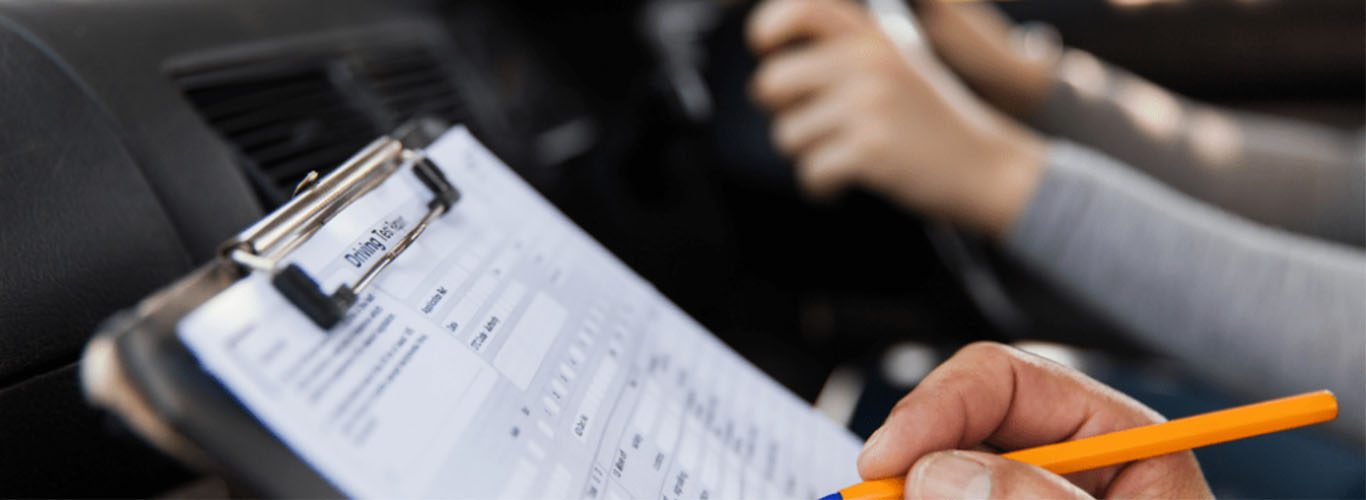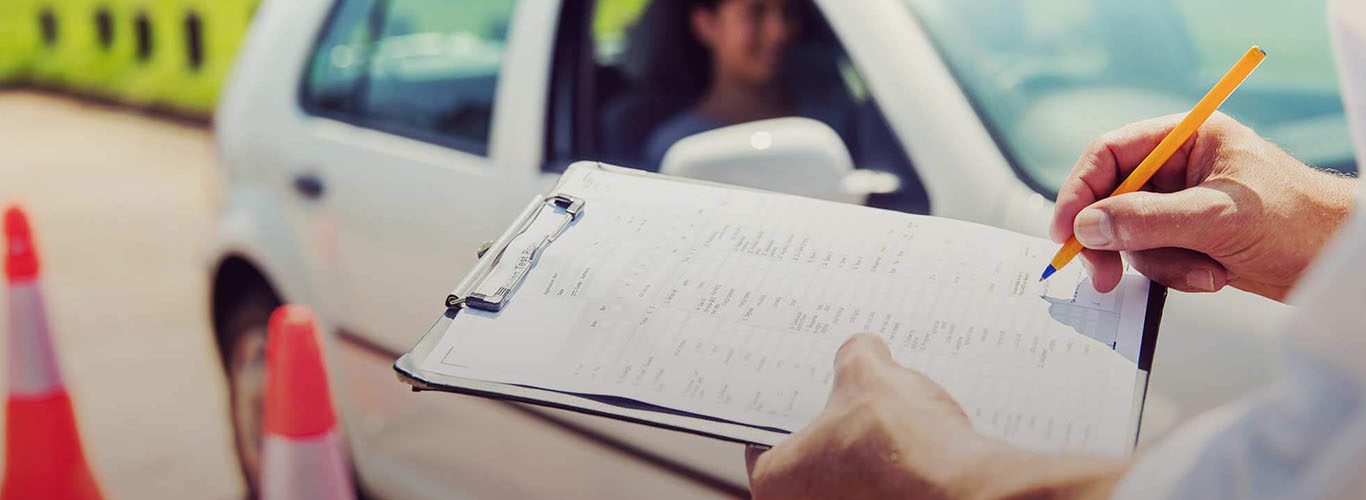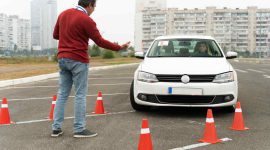What are Intensive Driving Courses and Their Significance
What Are Intensive Driving Courses?
Intensive driving courses are a training program for individuals who need their driving license in a much shorter time than conventional training courses. You may need an intensive driving course for several reasons, including a job opportunity, personal traveling plans, or improvement in your driving skills. These intensive courses are designed to provide condensed but focused training within the span of a few days or weeks.
What is the Duration of Intensive Driving Courses?
The training duration varies from four weeks for beginners to one week for those with driving experience or who need to retake their driving test. Students must dedicate more daily hours to training sessions than traditional training courses. The aim is to cover a considerable amount of training content in a short time.
What Are the Primary Features of Intensive Driving Courses?
Intensive driving courses focus on practicality. The trainers focus more on teaching practical driving skills and preparing the students for the practical driving test. The course often includes mock driving tests to deliver an authentic experience. Some intensive courses include theory tests or coverage of the most essential test topics. Intensive courses are often tailored to meet the individual’s requirements.
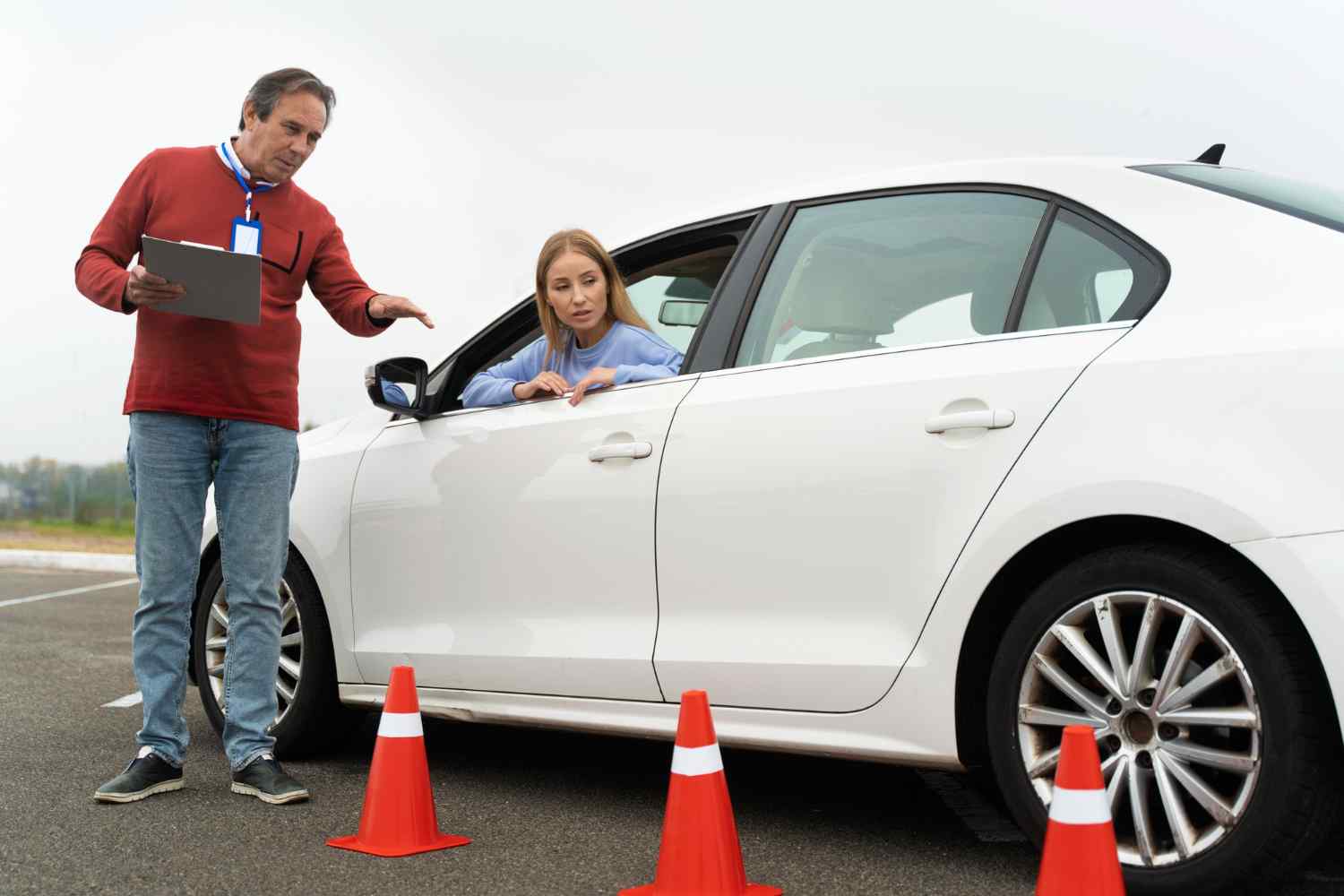
Benefits of Intensive Driving Courses
Intensive driving courses offer several benefits for individuals looking to learn how to drive and obtain their driver’s license in a shorter period. These courses are designed to provide focused and concentrated training, allowing learners to progress rapidly. Here are some of the key benefits of intensive driving courses:
- Faster Progress: Intensive courses condense the learning process, allowing learners to acquire essential driving skills and knowledge more quickly than traditional lessons.
This can be especially advantageous for individuals who need to learn to drive within a limited timeframe.
- Immersive Learning: Intensive courses create an immersive learning environment where learners practice driving skills each day for extended periods. This can help individuals become more comfortable and confident behind the wheel faster.
- Efficient Use of Time: For those with busy schedules, intensive courses can be an efficient way to learn to drive. Rather than spreading lessons over a longer period, learners can focus intensively for a few days or weeks and achieve their goals.
- Test Preparation: Many intensive courses include mock driving tests and thorough test preparation, helping learners become familiar with the practical driving test format and requirements. This can boost confidence and increase the chances of passing the test.
- Continuous Learning: Intensive courses minimise the gaps between lessons, allowing learners to consistently build on their skills and knowledge. This continuity can lead to better retention of information.
- Flexibility: Intensive courses often offer course duration and scheduling flexibility. Learners can choose a course that suits their availability and learning preferences.
- Suitable for Different Levels: Intensive courses can cater to beginners and individuals with prior driving experience. The course can be customised to match the learner’s skill level and learning pace.
- Reduced Nervousness: Some learners find that the concentrated nature of intensive courses helps them overcome nervousness more quickly, as they become accustomed to driving in a short period.
- Accommodating Deadlines: Intensive courses are ideal for learners who need to obtain a driver’s license by a specific deadline, such as for work, school, or personal reasons.
- Focus on Practical Skills: Intensive courses emphasise practical driving skills and test preparation, which are crucial for passing the practical driving test and becoming a competent driver.
It’s important to note that while intensive driving courses offer several benefits, they may only be suitable for some. The accelerated learning pace can be demanding, and learners should be prepared for intensive practice and focused learning. Before enrolling in an intensive course, discussing your goals, expectations, and comfort level with the driving school or instructor is recommended to ensure that the course aligns with your needs.
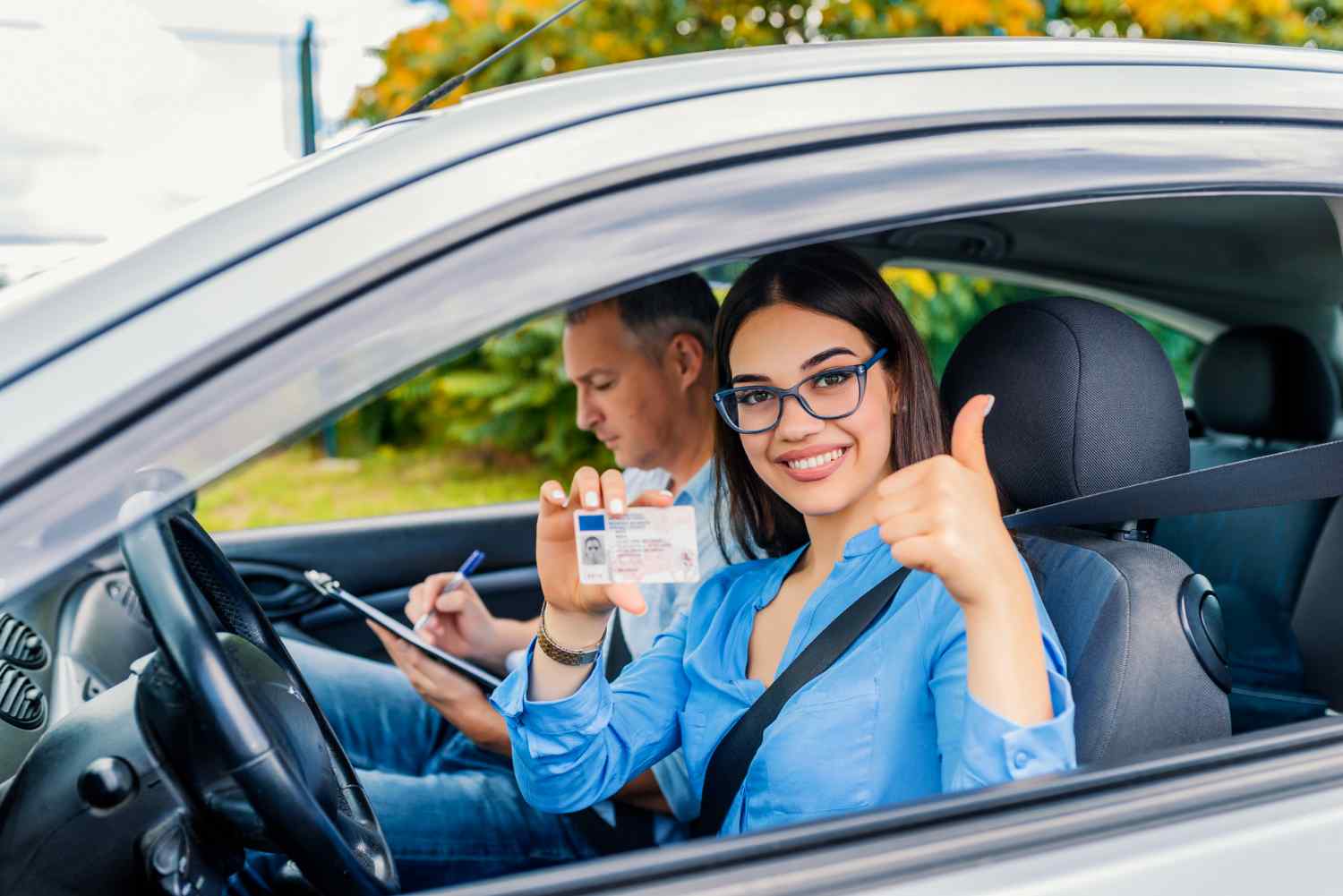
Who Are Intensive Driving Lessons Ideal For?
Intensive driving lessons are ideal for individuals who want to learn how to drive and obtain their driver’s license in a shorter period than traditional lessons. These courses are crafted to provide focused and concentrated training, making them particularly suitable for certain learners. Here are some groups of people who may find intensive driving lessons ideal:
- Time-Constrained Individuals: If you have limited time to learn how to drive and obtain your driver’s license, intensive driving lessons can help you achieve your goal quickly and efficiently.
- Fast Learners: If you pick up new skills quickly and feel comfortable with an accelerated learning pace, an intensive course can allow you to progress rapidly and become a confident driver sooner.
- Learners with Some Experience: Intensive courses can be tailored to individuals with some driving experience but need focused practice and preparation for the practical driving test.
- Those Facing Deadlines: If you need to obtain your driver’s license by a specific deadline, such as for work, school, or travel, an intensive course can help you meet that deadline.
- Nervous Learners: Some learners find that intensive courses’ immersive and concentrated nature helps them overcome nervousness and build confidence more quickly.
- Learners Who Prefer Consistency: Intensive courses offer continuity in learning, with lessons taking place over a shorter period. This consistency can help learners retain information and skills more effectively.
- Individuals Willing to Dedicate Time: Intensive courses require a commitment to focused learning and practice. If you’re willing and able to dedicate several hours per day to driving lessons, an intensive course can be a suitable option.
- Test Preparation: If you’re looking to prepare specifically for the practical driving test and want to become familiar with the test format and requirements, an intensive course can provide targeted test preparation.
- Those Who Want Efficient Learning: Intensive courses can help you efficiently acquire essential driving skills, practical knowledge, and test-taking strategies within a condensed timeframe.
- People Seeking Flexibility: Many intensive driving courses offer course duration and scheduling flexibility. This can accommodate learners with varying availability.
It’s important to remember that while intensive driving lessons offer several benefits, they may only be suitable for some. The accelerated learning pace can be demanding, and learners should be prepared for intensive practice and focused learning. Before enrolling in an intensive course, discussing your goals, expectations, and comfort level with the driving school or instructor is recommended to ensure that the course aligns with your needs.
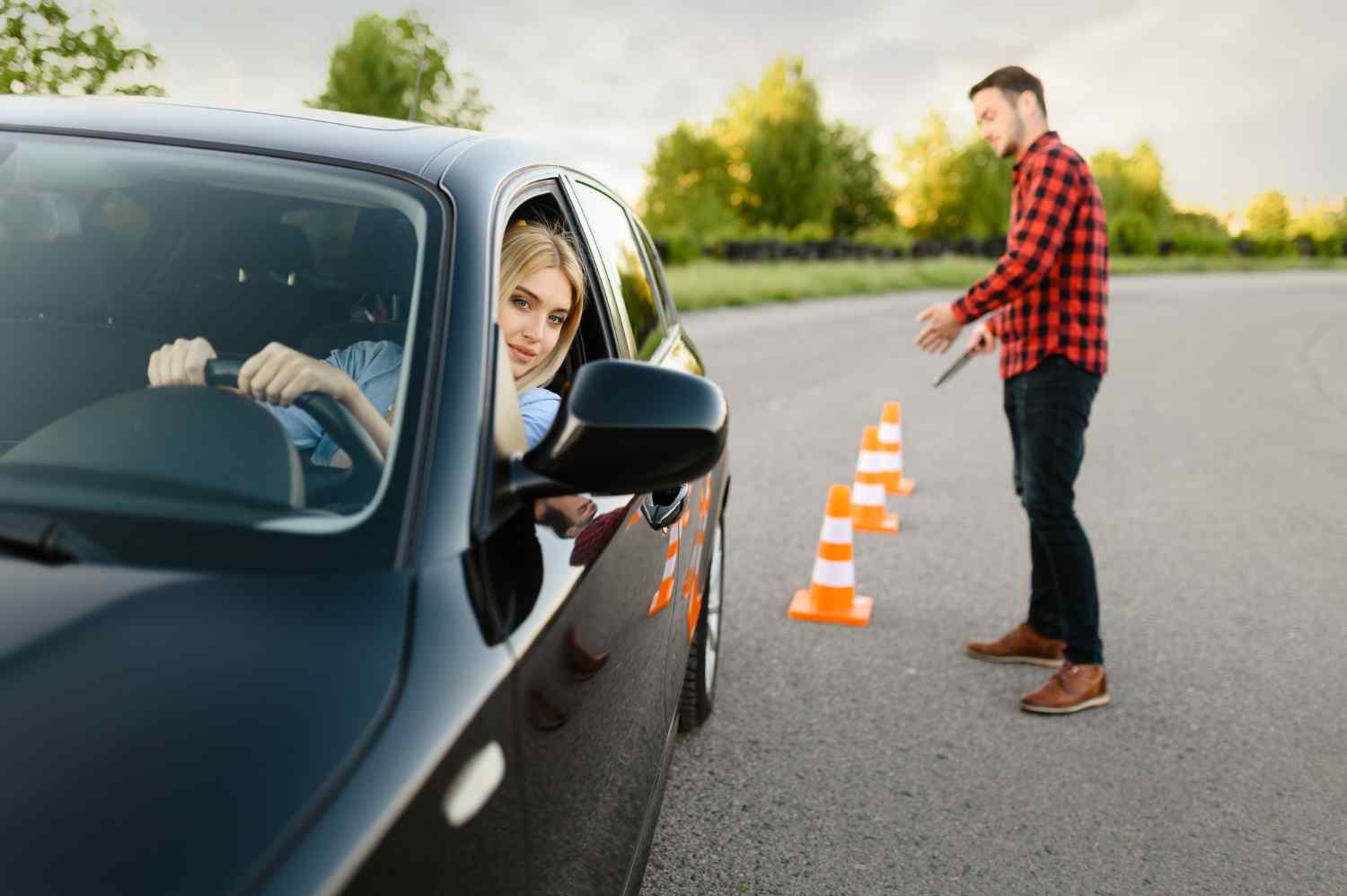
Intensive Driving Course Prices
The prices for intensive driving courses in the UK can vary widely depending on several factors, including the driving school or instructor, the location, the course duration, the number of driving hours included, and any additional services offered. Generally, intensive driving course prices are influenced by the level of instruction, the quality of training, and the inclusion of features such as test fees, mock tests, and theory test preparation. Here’s a rough idea of the price range you might expect for intensive driving courses in the UK:
- Short Courses (2-3 Days): Prices for concise intensive courses, typically spanning 2 to 3 days, may start from around £300 to £500. These courses suit individuals with prior driving experience or those looking for a quick refresher.
- Medium-Length Courses (1-2 Weeks): For courses lasting around 1 to 2 weeks, prices may range from approximately £600 to £1,000 or more. These courses often include a reasonable number of driving hours daily and may cover theory test preparation.
- Longer Courses (2-4 Weeks): Courses that span 2 to 4 weeks and offer more extensive training, mock tests, and additional features could cost between £1,000 and £1,500 or higher.
- Premium or All-Inclusive Packages: Some driving schools offer premium or all-inclusive packages that may include features such as accommodation, practical test fees, and additional support. Prices for such packages can range from £1,500 to £2,500 or more.
It’s essential to remember that these are approximate price ranges, and actual prices can vary. Additionally, prices can vary based on location, as driving lesson costs tend to be higher in more densely populated or urban areas.
When considering the cost of an intensive driving course, be sure to inquire about what is included in the price. Some essential questions to ask include:
- How many hours of driving practice are included?
- Are practical driving test fees included?
- Does the course include mock driving tests?
- Does the course cover theory test preparation?
- Are there any additional fees or hidden costs?
- Is there a guarantee of retesting if you don’t pass the practical test?
Before enrolling in an intensive driving course, it’s advisable to research multiple driving schools or instructors, read reviews, and compare prices and offerings to find the course that best suits your needs and budget.

